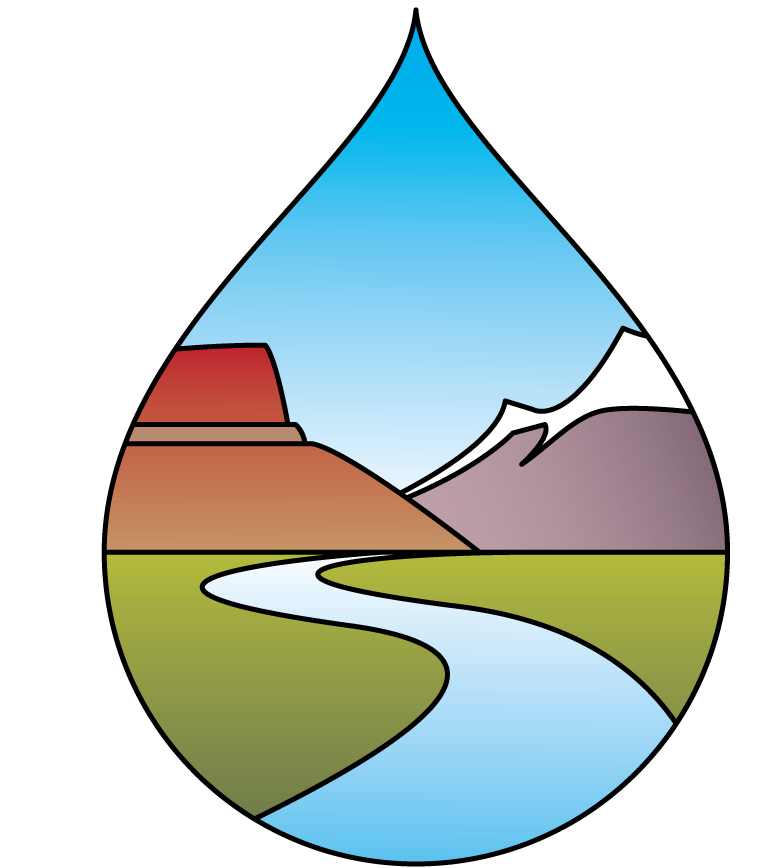#482 – Preservation of Radio Frequencies Necessary for Weather Forecasting and Water Management (August 5, 2022)
WHEREAS, the Administration has launched a $45 Billion “Internet for All” Initiative to Connect Everyone in America; and
WHEREAS, National Telecommunications and Information Administration (NTIA) sets policy regarding allocations and regulations governing the federal spectrum use, assigns frequencies, and participates in all aspects of the Federal government’s communications related emergency readiness activities; and
WHEREAS, the Federal Communications Commission has been aggressively engaged in efforts to make as many frequencies of the radio spectrum as possible available for commercial broadband and wireless technologies, licensed and unlicensed; and
WHEREAS, legislation has been introduced that would require an estimation of the value of the electromagnetic spectrum assigned or otherwise allocated to federal entities, between 3 kHz and 95 GHz; and
WHEREAS, a proposed basis for estimation is “the value that the electromagnetic spectrum would have if the spectrum were reallocated for the use with the highest potential value of licensed or unlicensed commercial wireless services that do not have access to that spectrum as of the date of the estimate…while preserving the spectrum access necessary to satisfy mission requirements and operations of Federal entities;” and
WHEREAS, much of the nation’s data for emergency and administrative information on weather, river and streamflows, groundwater and forest fires are transmitted from remote platforms to satellites (GOES and POES) and then to “direct receive or downlink” stations on the 1675-1710 MHz range of the spectrum; and
WHEREAS, Earth-observation satellites use several radio frequency bands tied to the physical properties of the scientific measurements, including water vapor (23.8 GHz), rain and snow (36-37 GHz), atmospheric temperature (50.2 – 50.4 GHz), clouds and ice (86 – 92 GHz) and others; and
WHEREAS, sharing bandwidth, or noise from adjacent bands on the spectrum with inadequate controls, has the potential to interfere with the quality, accessibility, and utility of Earth-observation satellite data and data collected and transmitted from remote platforms on earth to satellites; and
WHEREAS, significant public and private funds have been invested to establish our satellite and ground networks, many of which would be costly to replace, and some of which are irreplaceable; and
WHEREAS, the serious, unintended consequences of data interference may include degradation in short-term weather forecasts; loss of data for streamgaging and water monitoring networks; ability of state and federal agencies to prepare for and respond to floods, fires, and extreme weather events; the ability of western states to administer and manage their scarce water resources and water quality programs; and risks of loss to human life, health, welfare, property, and environmental and natural resources.
NOW, THEREFORE, BE IT RESOLVED that the Western States Water Council supports efforts to preserve frequencies needed for weather forecasting, streamgaging, and related water and emergency management information needs.
BE IT FURTHER RESOLVED that the Council supports interagency coordination between the NTIA, FCC, NOAA, USGS and other state and federal agencies, to quantify and analyze the effects of commercial broadband use on satellite observation data and transmissions.
BE IT FURTHER RESOLVED that the Council supports a meaningful evaluation of the existing government and potential alternative uses of the electromagnetic spectrum without discounting the costs of natural disasters and degradations in data needed for water management decisions, and with input from the States as appropriate.
Position No. 482
(See also Position No. 435)
